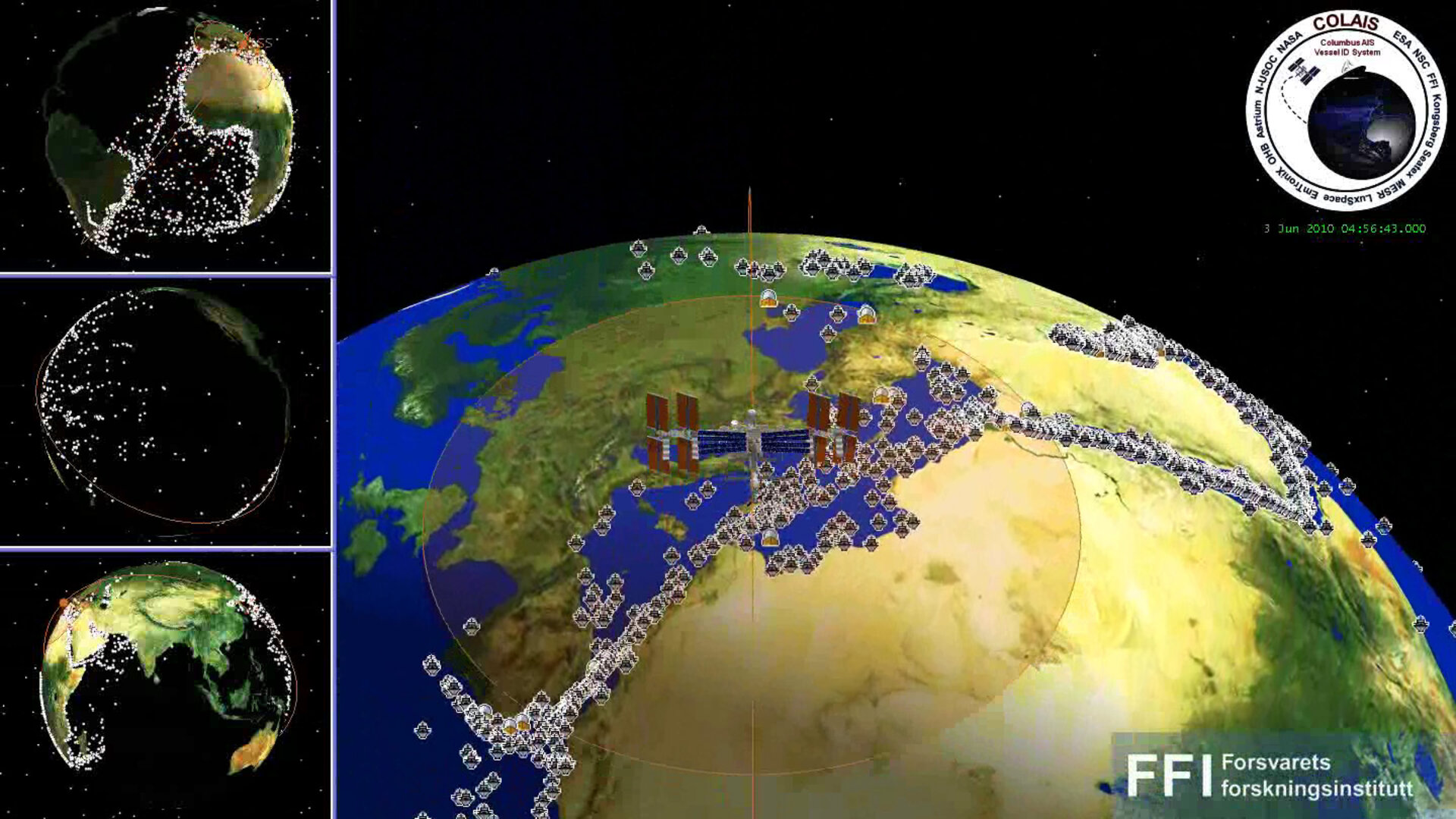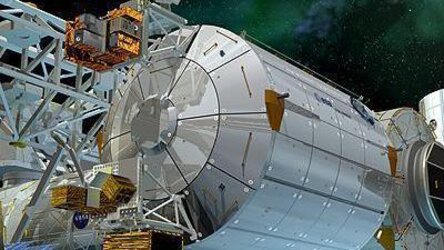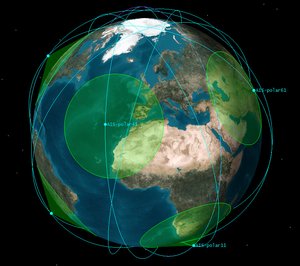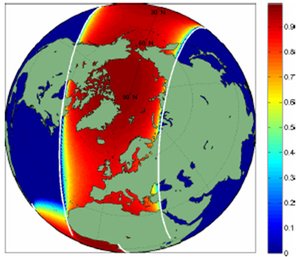AIS on ISS
A two-year experiment hosted by ESA’s Columbus module on the International Space Station is evaluating techniques to monitor sea-going traffic from orbit.
The Columbus AIS (COLAIS) experiment began in June 2010, detecting signals from Automatic Identification System (AIS) transponders carried on a mandatory basis by all commercial vessels. The maritime equivalent of air traffic control, the VHF-based AIS has a low horizontal range on the order of 40 nautical miles, meaning it is only effective within coastal zones and on a ship-to-ship basis.
But AIS propagates much further vertically – all the way up to Earth orbit. This fact offers a means to fill in current AIS blind spots in the open ocean, provided useful data can be extracted from overlapping signals. To verify the concept of an operational AIS-detecting satellite constellation, ESA has installed an AIS antenna outside Columbus, employed by a pair of internal receivers on an alternating three-monthly basis.
The NORAIS receiver is the work of the Norwegian (FFI) and Norwegian company while the LUXAIS receiver has been developed by Luxembourg-based firms LUXSPACE and EmTroniX. The receiver operate on an alternating three-monthly basis, running continuously to give a global overview of ship traffic and gather sample signals to test decoding algorithms against. The COLAIS experiment is overseen from the ground requiring no active astronaut support.










